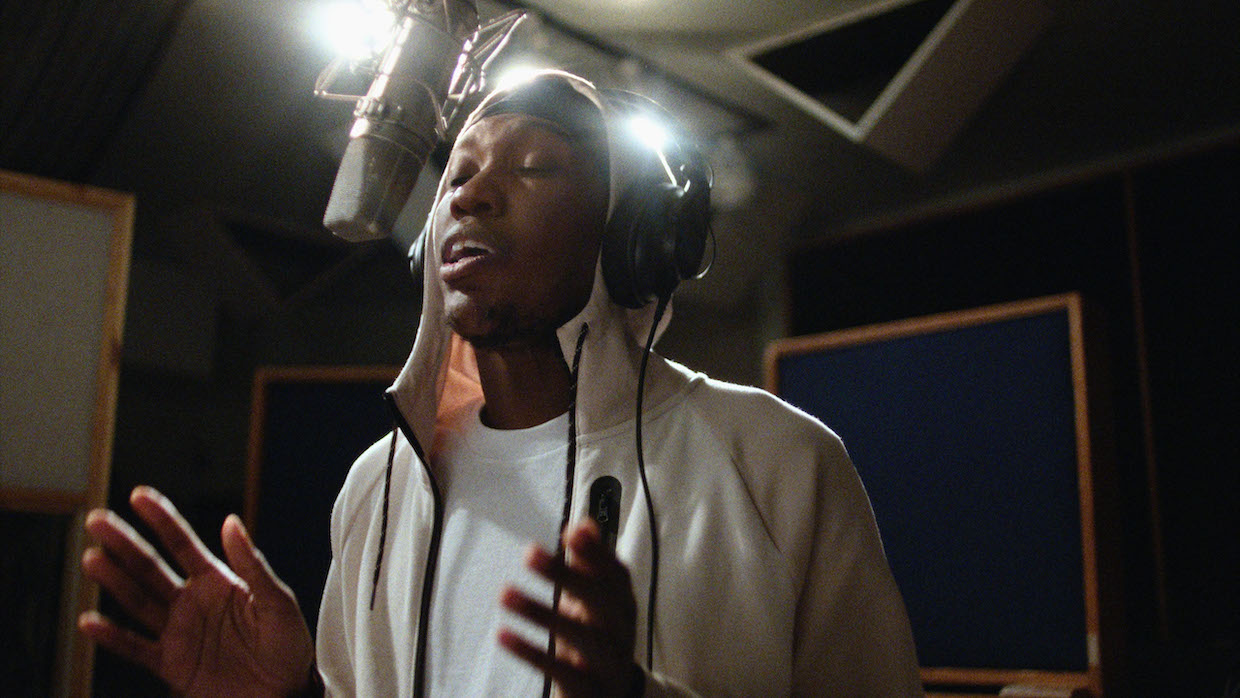 Back to selection
Back to selection
“The Nexus of Art, Money and Violence Makes for a Seemingly Inescapable Loop” | J.M. Harper, As We Speak
 As We Speak, courtesy of Sundance Institute.
As We Speak, courtesy of Sundance Institute. Films are made of and from places: the locations they are filmed in, the settings they are meant to evoke, the geographies where they are imagined and worked on. What place tells its own story about your film, whether a particularly challenging location that required production ingenuity or a map reference that inspired you personally, politically or creatively?
As We Speak investigates the war between rap lyrics and the criminal justice system by reaching back to the 400-year history of black lyrics in America. In order to communicate, enslaved Africans sang on slave ships in languages that their European captors couldn’t understand. In other words, using regional language as a revolutionary tool started long before African Americans created hip-hop in the late 20th century—a sound that rose emphatically from the turmoil of the Bronx. In rap music, each American region famously has its own syntax, so we traveled from the Bronx to Atlanta, New Orleans, Houston, Los Angeles, Chicago and London, focusing mainly on the drill genre. Each place tells its own story, especially in a city like Chicago that personifies the complex relationship between politics, music, race and capitalism.
To describe the rise of drill music (also called “block music”) as an unanticipated result of the demolition of the projects in the late 1990s (which led to fragmentation of gangs and deadly block-by-block rivalries), meant talking to some of the original drill rappers in South Chicago. It reminded us of American culture’s perennial obsession with violence and the ways that obsession directly impacts the lives of black folks on the street today. The nexus of art, money and violence makes for a seemingly inescapable loop that both promises freedom and binds the artists to a life of danger (both from their own neighborhoods and the criminal justice system).
See all responses to our annual Sundance Question here.
